In 1999, filmmakers Joe Brewster and Michèle Stephenson turned the camera on themselves and began filming their five-year-old son, Idris, and his best friend, Seun, as they started kindergarten at the prestigious Dalton School just as the private institution was committing to diversify its student body. Their cameras continued to follow both families for another 12 years as the paths of the two boys diverged—one continued private school while the other pursued a very different route through the public education system.
Related Movies
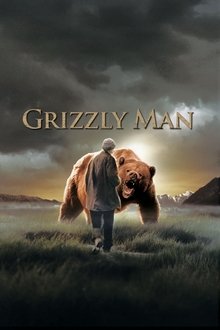
Grizzly Man (2005)
Werner Herzog's documentary film about the "Grizzly Man" Timothy Treadwell and what the thirteen summers in a National Park in Alaska were like in one man's attempt to protect the grizzly bears. The film is full of unique images and a look into the spirit of a man who sacrificed himself for nature.
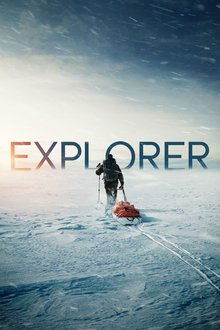
Explorer (2022)
Sir Ranulph Fiennes is credited as being the World’s Greatest Living Explorer. Among his extraordinary achievements, he was the first to circumnavigate the world from pole to pole, crossed the Antarctic on foot, broke countless world records, and discovered a lost city in Arabia. He has travelled to the most dangerous places on Earth, lost half his fingers to frostbite, raised millions of pounds for charity and was nearly cast as James Bond. But who is the man who prefers to be known as just ‘Ran’?
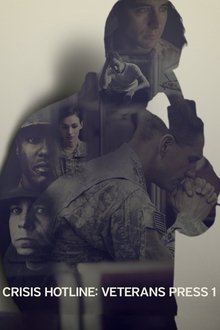
Crisis Hotline: Veterans Press 1 (2013)
According to the U.S. Department of Veterans Affairs, one veteran dies by suicide in America every 80 minutes. While only 1% of Americans has served in the military, former service members account for 20% of all suicides in the U.S. Based in Canandaigua, NY and open 24 hours a day, 365 days a year, the Veterans Crisis Line receives more than 22,000 calls each month from veterans of all conflicts who are struggling or contemplating suicide. This timely documentary spotlights the traumas endured by America’s veterans, as seen through the work of the hotline’s trained responders. CRISIS HOTLINE captures extremely private moments, where the professionals, many of whom are themselves veterans or veterans’ spouses, can often interrupt the thoughts and plans of suicidal callers to steer them out of crisis.

Déjà vu (1999)
Somewhere in a subtropical country white visitors crowd around dark-skinned plantation workers emptying their harvest baskets. They look curious, as if wanting to test the quality of the tea leaves. Everywhere tourists take out their cameras whether in front of large animals in the wild or camel riders, whether in the face of decorated human bodies or daily work routines. Now and again they look into the camera themselves. For later, for when they will proudly show their 'exotic' finds at home. This posing contains a model of western travels and picture making which is over a century old. The fascinated gaze on the foreigners fixes them in pre-formed frames. Lisl Ponger follows the trail of that gaze by taking amateur found footage material and linking it together in new ways.

Studs Terkel: Listening to America (2009)
For over 60 years, Studs Terkel elevated the voices and experiences of everyday Americans through his skillful interviews on radio, in books and on TV. This documentary takes a fond and illuminating look back at one of America's most influential authors and media personalities whose curiosity about people never dimmed over the course of a long and brilliant career.
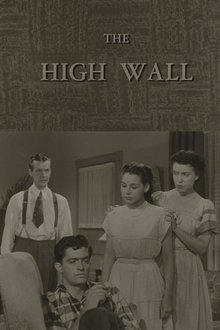
The High Wall (1952)
Film produced for a coalition of public service groups to combat racial and ethnic hatred. The narrative follows an emotionally insecure Chicago teenager whose bigoted thinking leads him to violence. Explores how prejudices are passed like "a contagious disease" from parent to child, teacher to pupils, and youth to youth, and suggests strategies for breaking the cycle.
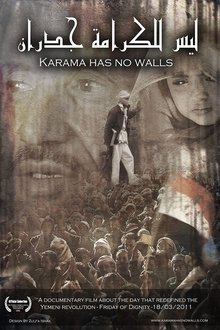
Karama Has No Walls (2012)
'Karama has no walls' is set amidst Yemen's 2011 uprising. The film illustrates the nature of the Yemeni revolution in stark contrast to the gross violations of human rights that took place on Friday, March 18th 2011. Juma'at El-Karama (Friday of Dignity) marks a turning point in the Yemeni revolution as the tragic events that took place on this day -when pro-government snipers shot dead 53 protestors - shook the nation and propelled hundreds of thousands more to flock to the square in solidarity with their fellow citizens. Through the lenses of two cameramen and the accounts of two fathers, the film retells the story of the people behind the statistics and news reports, encapsulating the tragic events of the day as they unfolded.

How We Played the Revolution (2012)
It was the year 1984 when a group of architects decided to organize a one night music band as a New Year's party joke in Kaunas, Lithuania. The joke proved to be so good that rumors about the new exciting rock band spread from lips to lips and soon their intellectual circus grew into the Rock Marches - massive events involving thousands of people - that transformed into the big meetings for Lithuanian Independence later named the Singing Revolution. This is the story about the people who raised their independence with the smiles and songs regardless of the danger of the situation.

Midsummer Night's Tango (2013)
Finns have a quirky sense of humour - and are a bit shy. But: Tango is THE folk music of the Finns. The documentary discovers the Finnish tango from the viewpoint of the singer Chino Laborde, the guitarist Diego "DIPI" Kvitko and the bandoneonist Pablo Greco. The three Argentine musicians travel to Finland to find out whether Aki Kaurismäki is telling the truth when he asserts that tango music was invented in Finland.

Brasslands (2013)
Half a million people descend upon a tiny Serbian village for the 50th anniversary of the world's largest trumpet festival. Brasslands chronicles the cultural and musical collisions through the personal journeys of 3 musicians - American, Serbian, Roma - whose lives are bound to Balkan brass for very different reasons.
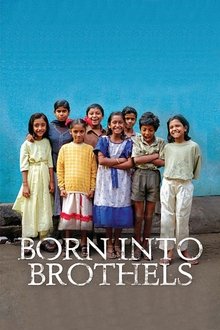
Born Into Brothels: Calcutta's Red Light Kids (2004)
Documentary depicting the lives of child prostitutes in the red light district of Songachi, Calcutta. Director Zana Briski went to photograph the prostitutes when she met and became friends with their children. Briski began giving photography lessons to the children and became aware that their photography might be a way for them to lead better lives.

God's Ways (2006)
A dual portrait of young drifters on the streets of Odessa, where every day seems the same and the future keeps getting further away.
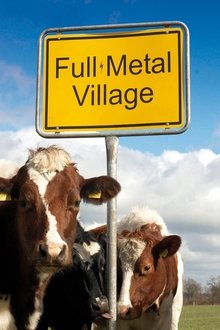
Full Metal Village (2007)
The film describes the microcosmos of the small village Wacken and shows the clash of the cultures, before and during the biggest heavy metal festival in Europe.

I Am Bolt (2016)
Fully authorized, access-all-areas feature doc on the hugely charismatic and globally adored Usain Bolt – officially the fastest man alive. With never-before-seen archive footage of his youth in Jamaica, through to original footage that will be captured at his fourth and final Olympic Games in Rio, where he will compete for the gold in both the 100 and 200 metres races, for a third straight Games before his retirement in 2017. I AM BOLT will reveal the man and define the legacy of this incredible athlete.

To Make a Comedy Is No Fun (2016)
Documentary feature about Czech director Jiří Menzel, featuring Menzel himself as well as Miloš Forman, Emir Kusturica, István Szabó and others.
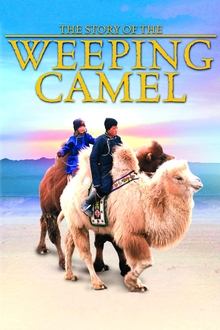
The Story of the Weeping Camel (2003)
When a Mongolian nomadic family's newest camel colt is rejected by its mother, a musician is needed for a ritual to change her mind.
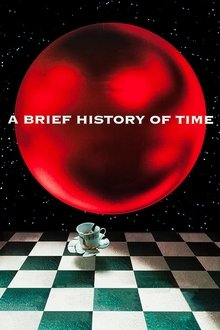
A Brief History of Time (1991)
This shows physicist Stephen Hawking's life as he deals with the ALS that renders him immobile and unable to speak without the use of a computer. Hawking's friends, family, classmates, and peers are interviewed not only about his theories but the man himself.
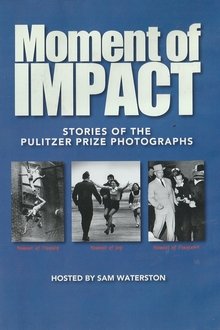
Moment of Impact: Stories of the Pulitzer Prize Photographs (1999)
Moment of Impact: Stories of the Pulitzer Prize Photographs, hosted by Sam Waterston, tells the compelling stories behind some of the world's most memorable photographs. Returning to the scene of the action, each photographer describes, in a gripping first-hand account, how they took their prize-winning photographs. The moments they captured forged history and changed lives - including the photographers own. The stories of these unforgettable photographs' own. The stories of these unforgettable photographs - many of them shown here for the first time - are as compelling and long lasting as the images themselves.